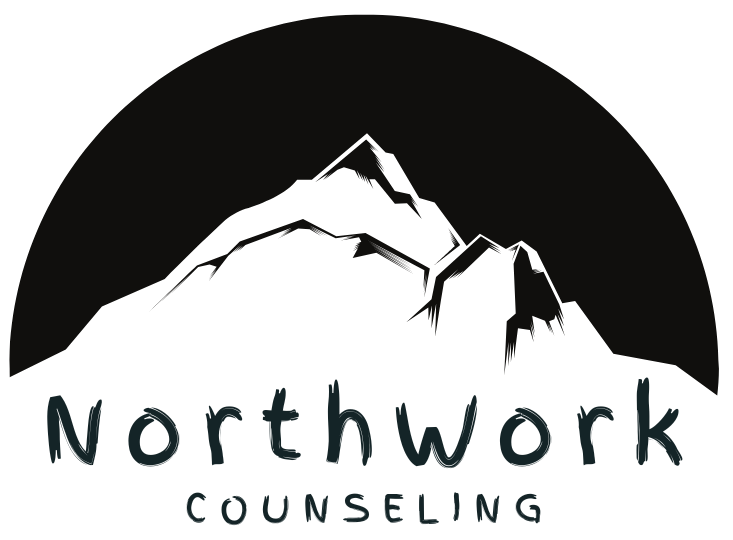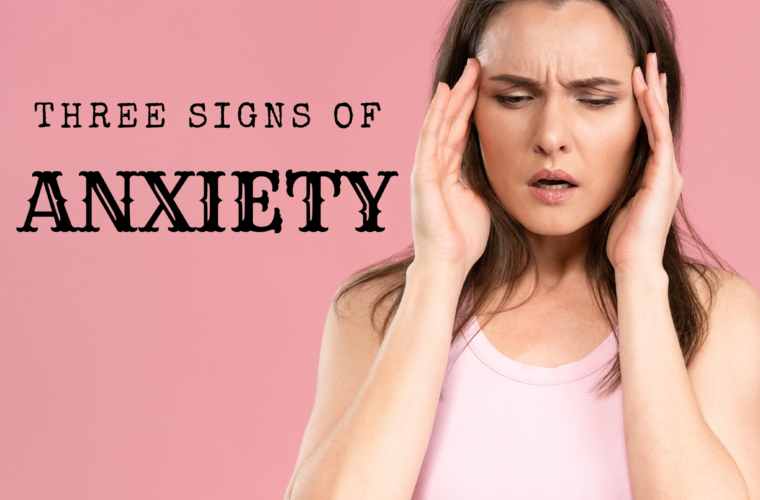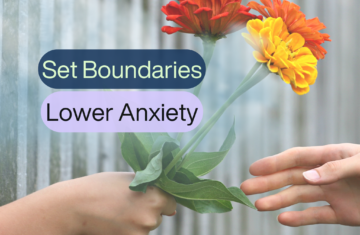Three Signs of Anxiety You Might Not Recognize—And What to Do About Them
Anxiety isn’t always as obvious as feeling nervous before a big event or having a racing heart during stressful moments. It can show up in more subtle ways, and many people don’t realize that some of their everyday struggles are actually signs of anxiety. If anxiety goes unnoticed, it can quietly impact decision-making, relationships, and overall well-being.
Here are three common but often overlooked signs of anxiety, along with ways to recognize and manage them.
1. Overthinking to the Point of Paralysis
Many people believe they are just being thoughtful decision-makers when, in reality, they are overthinking due to anxiety (How to Stop Worrying and End Anxious Thoughts).
Chronic worrying can also be a major symptom of generalized anxiety disorder (GAD), which often leads to excessive overthinking and decision paralysis. This often looks like:
- Replaying the same decision over and over in your mind
- Worrying so much about making the “right” choice that you don’t make any choice at all
- Doubting even good decisions after they are made
Overthinking can make even small choices feel overwhelming . While it may seem like a way to avoid mistakes, it can actually lead to decision paralysis, causing frustration and self-doubt.
How to manage it: Try setting a time limit for making decisions. If you find yourself stuck in an overthinking loop, remind yourself that very few choices are permanent, and making a decision—even if it’s not perfect—is better than making none at all. Talking with a therapist can also help break the cycle of anxious overthinking.
2. Physical Tension and Unexplained Fatigue
Anxiety isn’t just something that happens in your mind—it affects your body too. One of the most common physical signs of anxiety is muscle tension. This can show up as:
- Constant tightness in your shoulders, neck, or jaw
- Feeling physically exhausted even without much physical activity
- A sense of restlessness or discomfort in your body
This tension happens because anxiety is a survival response. When your brain perceives a threat, your body gets ready to fight or flee—even if the situation isn’t actually dangerous. Over time, this state of constant readiness can leave you feeling drained.
How to manage it: Regular movement, deep breathing exercises, and stretching can help release tension. If you notice persistent muscle tightness, take a moment to check in with yourself—are you feeling anxious about something? Recognizing the connection between your emotions and your body is an important step toward managing anxiety.
3. Avoidance Disguised as Practical Decision-Making
Avoidance is one of the most common ways anxiety tries to protect us, but it’s not always obvious (learn more about anxiety and avoidance). It often looks like:
- Avoiding social outings, telling yourself it’s “just not worth the hassle”
- Putting off doctor’s visits for years, thinking, “I don’t really need a check-up”
- Procrastinating on important tasks because they feel overwhelming
While these decisions might seem reasonable, avoidance often keeps people from doing things they actually want to do. The more anxiety-driven avoidance builds up, the harder it becomes to engage in everyday life.
How to manage it: Make a list of things you’d like to be doing but aren’t. Ask yourself: Am I avoiding these things? How do I feel when I think about them? If you notice tension or discomfort, anxiety may be playing a role. Facing avoidance in small, manageable steps can be a helpful way to regain control. Therapy can also help uncover and work through the underlying fears driving avoidance behaviors.
Recognizing Anxiety Is the First Step Toward Managing It
Anxiety can be sneaky. It can make itself look like careful decision-making, harmless muscle tension, or just a preference to stay in your comfort zone. But when these patterns start interfering with life, it’s worth taking a closer look.
If you recognize any of these signs in yourself, consider journaling about your experiences or talking with a therapist. Therapy provides a space to explore these thoughts and behaviors with someone who can help you identify patterns and develop strategies to change them. If you’re looking for a therapist, you can learn more about available services here.
Anxiety doesn’t have to control your life. The more you recognize its subtle signs, the more you can take steps toward managing it in a way that supports your well-being.




